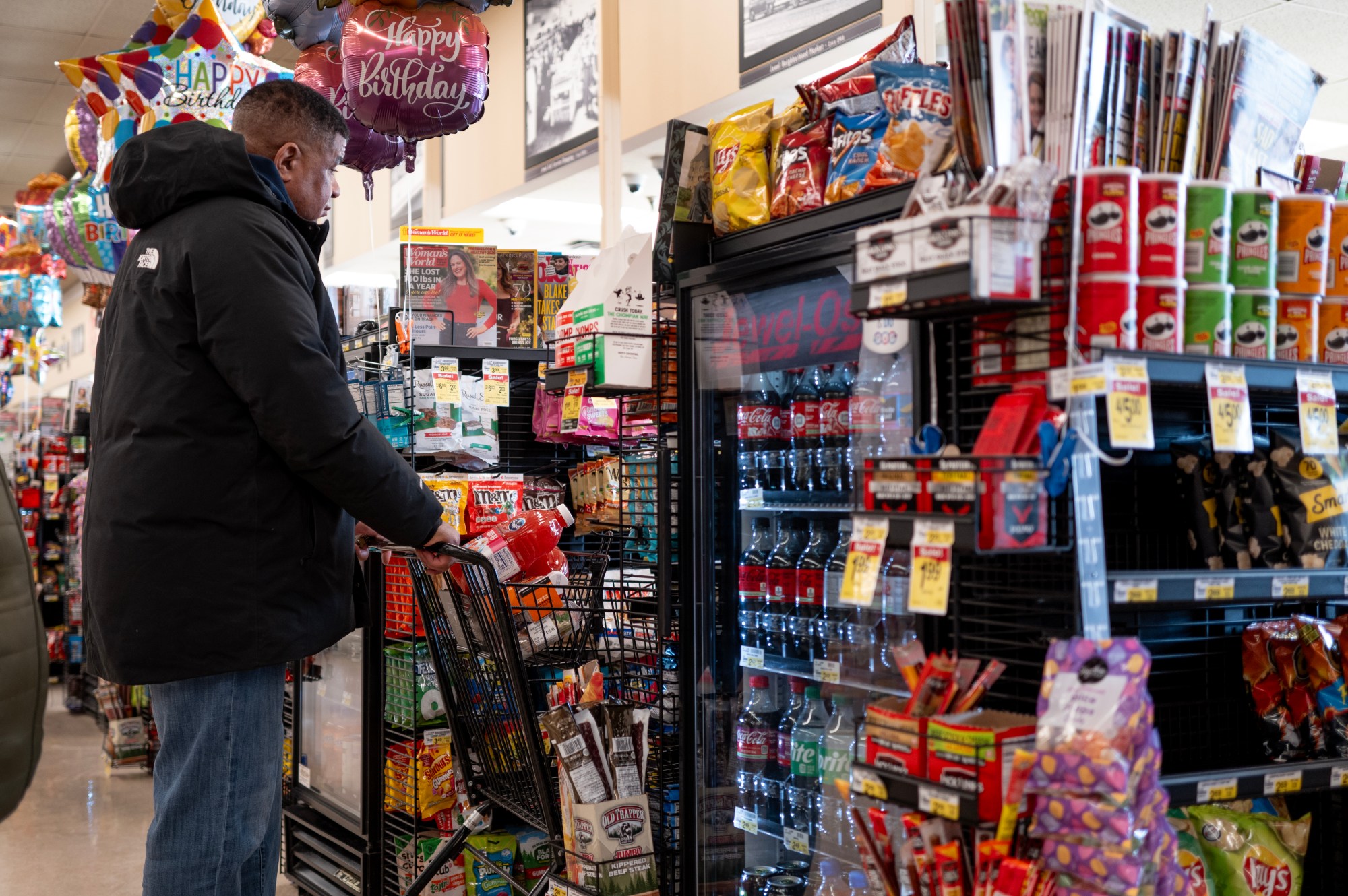As President Trump moves forward with plans to raise tariffs on imported goods, American consumers could soon face higher prices on everything from groceries to gasoline. Experts warn that these tariffs may lead to significant increases in household expenses, affecting a wide range of products.
What could get more expensive under Trump’s tariffs?

Key Takeaways:
- Widespread price increases are expected as a result of Trump’s proposed tariffs on imported goods.
- U.S. households may see annual expenses rise by thousands of dollars due to higher costs.
- Essential sectors like food, consumer goods, automobiles, and energy are likely to be affected.
- Companies have indicated plans to pass the increased import costs onto consumers.
- Economists warn of potential inflation and broader economic consequences.
The Looming Impact of New Tariffs
As “day one” of the new Trump administration approaches, one of its highest policy priorities could have a profound impact on consumers’ wallets. President Donald Trump’s plan to raise tariffs on imported goods is likely to lead U.S. shoppers to see prices rise for a wide range of items.
Understanding Trump’s Tariff Proposals
During his campaign, Trump pledged to impose at least a 10% tariff on all foreign imports, adding to any existing tariffs. He also called for tariffs of 60% or higher on Chinese imports and 100% or higher on automobiles produced in Mexico. In a Truth Social post at the end of November, Trump specified that he plans to sign an executive order on his first day in office that would slap a 25% tariff on all goods imported from Canada and Mexico, as well as increase tariffs on Chinese imports by 10%.
The Cost to Consumers
Tariffs are paid by domestic companies importing foreign goods and materials. These companies often raise consumer prices to cover higher import costs. After Trump’s victory, U.S. companies selling a range of products confirmed that if his tariff plans are enacted, they intend to raise their prices. Economists have projected that U.S. households could see their costs rise by thousands of dollars per year due to these increased tariffs. If the expected price hikes reignite inflation, experts warn the economic fallout could extend beyond higher prices to affect the entire U.S. economy.
Sectors Facing Price Hikes
Food Industry
The U.S. imported roughly $196.6 billion worth of food in the first 11 months of 2024, according to monthly U.S. Census Bureau data released on Jan. 7. Many imported food and beverage items—like coffee beans, cocoa, sugar, and certain fruits—cannot be sourced domestically or aren’t produced at sufficient scale to meet demand. Consumers could expect food prices to rise, especially for these types of items.
Consumer Goods
Cell phones, clothes, household appliances, toys, sporting equipment, cosmetics, shoes—the list of imported consumer goods is extensive and totaled more than $731 billion for most of 2024, accounting for about a quarter of all imports recorded through November. Companies such as Walmart, E.l.F. Beauty, Steve Madden, Columbia Sportswear, and Stanley Black & Decker have indicated that price hikes on some items are likely if Trump’s tariff plans come to fruition.
Automobiles and Parts
The U.S. imported $437.2 billion in automotive vehicles, parts, and engines through the first 11 months of 2024. This includes passenger cars as well as parts and accessories. In addition to new car purchases, imported goods needed to maintain or repair vehicles would become more expensive. As with other retailers, companies selling cars and parts plan to pass on the cost of higher tariffs to consumers. In an earnings call in September, AutoZone CEO Philip Daniele said, “If we get tariffs, we will pass those tariff costs back to the consumer.”
Energy and Industrial Supplies
Even though the U.S. is the largest single oil-producing country globally, the industry relies on imported oil because aging U.S. refineries aren’t built to handle the quality of crude produced domestically. With more than $152 billion spent on imported crude oil during the first 11 months of 2024, consumers should expect tariffs to raise gas prices domestically. Higher prices for industrial materials like lumber, steel, shingles, copper, and other building supplies could also lead to more expensive construction projects, potentially impacting local housing markets.
Capital Goods
Capital goods—machinery and equipment used to produce consumer goods and services—are another significant category of imports. The U.S. imported nearly $876 billion worth of capital goods in 2024. Even though these items are purchased by producers, consumers won’t be off the hook completely. Increased costs for these goods can indirectly affect consumers, as manufacturers may raise prices to offset the higher expenses of production equipment.
Businesses’ Response
Importing companies have indicated plans to pass the increased costs onto consumers and may not wait until the tariffs take effect. AutoZone’s CEO noted that the company would raise prices ahead of time, stating, “If we get tariffs, we will pass those tariff costs back to the consumer.” This proactive approach suggests that consumers could begin to see price increases sooner rather than later.
Potential Economic Consequences
Economists warn that the combined effect of higher prices across multiple sectors could reignite inflation. This inflation could have broader consequences for the U.S. economy, potentially leading to reduced consumer spending and impacting economic growth. Experts caution that the economic fallout could go beyond higher prices to rattle the entire U.S. economy.
Preparing for Change
As the new administration’s trade policies take shape, American consumers may need to brace for higher prices on a wide array of goods. Staying informed about these developments can help households plan and adjust their budgets accordingly. While the goal of the tariffs may be to protect certain domestic industries, consumers should be aware of the potential costs that come with these policy changes.











